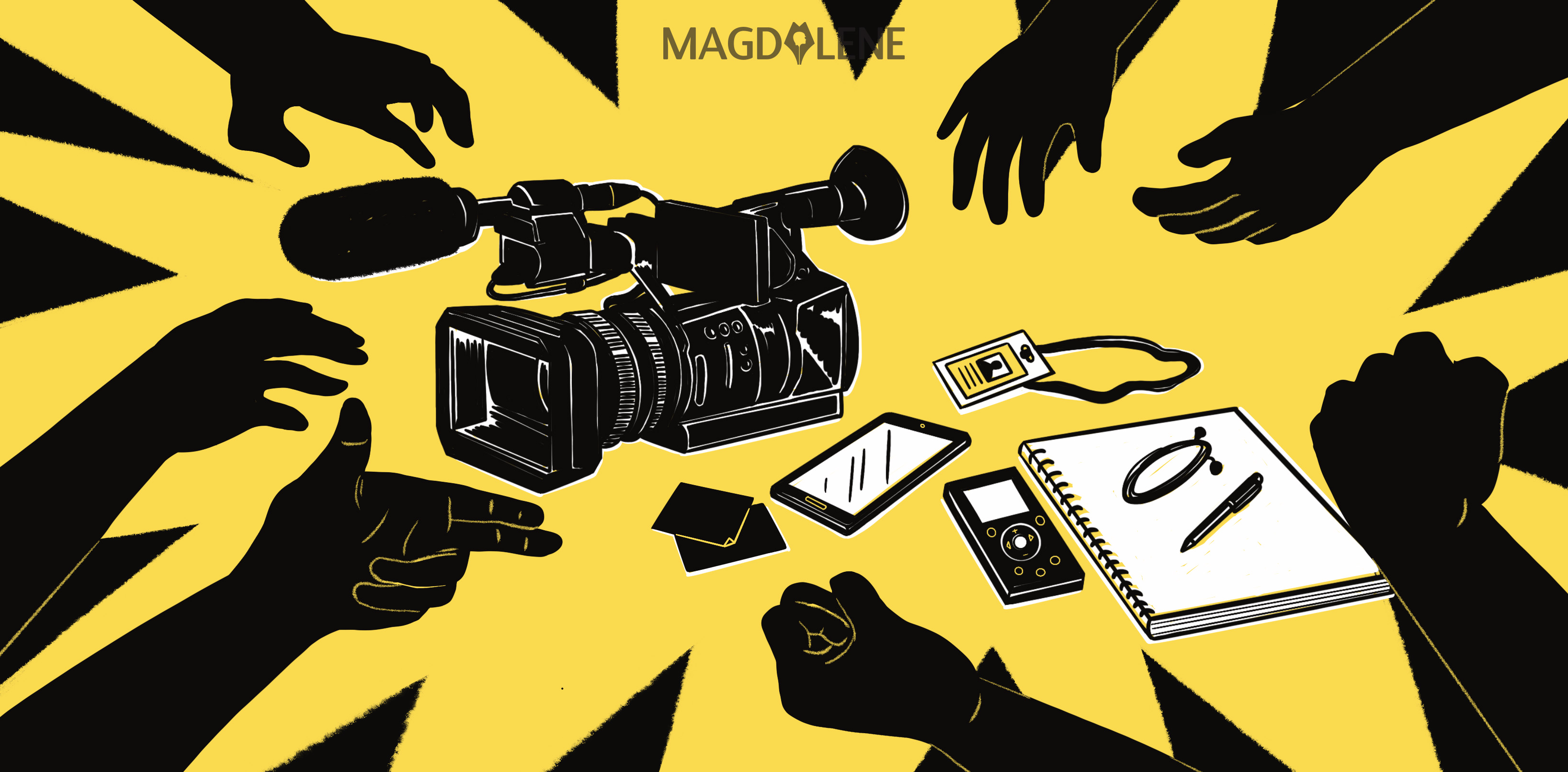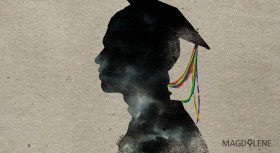Research and studies around the world have described the career journey of female journalists in two metaphors: Glass ceiling and labyrinth. These metaphors suggest women’s career prospects in journalism are bleak as they face various challenges not only from society but also the media organizations they work for.
The glass ceiling metaphor applies to female journalists who get stuck on their rise to the top, while the labyrinth metaphor refers to those who encounter challenges at every step of their career.
However, new research from Indonesia, where I’m part of the research team, paints a more robust picture of the career of female journalists in the world’s third-largest democracy.
The research team interviewed 258 female journalists in 118 media organizations, spread across 30 provinces. Almost 60 percent of them hold supervisory and managerial roles. Drawing on insights from these interviews, the research offers a new metaphor to describe the career journey of female journalists in Indonesia. They are on a roller-coaster ride: it is challenging and fear-inducing, but some enjoy the ride.
Ika Karlina Idris, an associate professor from Monash University in Indonesia, led the research team. She said the study was significant because it provides an alternative understanding of the work of female journalists in non-western contexts.
Also read: Why Women Need Men as Allies In the Workplace?
“Studies in Indonesia and Southeast Asia region tend to adopt a western framework to analyse the phenomenon of women leadership in media organizations. This study offers not only a comprehensive study from the largest democracy in Southeast Asia but also a new perspective in the area of women leaderships, mass media management and gender study,” she said.
The research also challenges the conventional notion that female journalists are powerless in a male-dominated world. It shows how women leading newsrooms may play a key role in promoting gender equality in media organizations.
Against All Odds
The study used a mix of methodologies to get a more accurate understanding of female leadership in Indonesia’s news organization.
The research team conducted surveys, interviews, focus group discussions and auto-ethnography between March and May this year. Seven respondents wrote a diary to report their weekly job activities and experiences.
In line with previous research, the survey has identified six stumbling blocks to women’s career journey in journalism. These barriers come from the society, news organizations’ structures and internal processes, and the journalists’ own individual backgrounds, skills and career plans.

The challenges for female journalists in Indonesia.
The research concluded that the most significant obstacles for women in their journalistic careers come from their organizations.
Almost half of the respondents admit their organizations’ patriarchal culture impedes their careers. These challenges manifest in negative stereotypes and gender discrimination against female journalists and media companies’ lack of support for their women staff.
“After giving birth, women can lose their job if they don’t work or produce stories. I see many female journalists decided to quit after having children due to long and irregular working hours,” one respondent said.
A third of respondents admitted challenges come from their inability to lead or self-doubt about their ability to lead. They feel they lack confidence and experience in leading organizations. They also lack role models.
Despite these challenges, the research finds that both the glass ceiling and labyrinth metaphors do not represent the career journeys of female journalists in Indonesia.
Some of our respondents have shown how female journalists can land the top position in their news organizations and help promote gender equality in their workplace against all odds.
Also read: 'Work-Life Balance' for Women - Is It Even Possible?
The research suggests that female journalists holding top positions in media organizations help shape policies protecting the rights of female workers despite social, organizational and individual challenges. Some have introduced women-friendly policies, including menstruation and maternity leave. These female bosses also offer more chances to their female subordinates.
“When I was an editorial chief, I tried to balance the composition between female and male staff members at the top positions. There were three desks [in our organization] led by women. When it was led by a guy, I chose a woman as his deputy,” another respondent states.
The research argues that the best metaphor to describe that kind of journey is a roller coaster, a concept coined by Richard Stephens, a psychologist from Keele University in the UK.
Stephens’ roller-coaster concept refers to experiences that can trigger a fight-or-flight response. In the game, the greater the challenges, the greater the rewards or excitement. The challenges in the roller-coaster ride can be from the track, the speed, safety belts and carriages.
Like in a roller-coaster ride, these female journalists may face less challenging tracks at first, but after a while they may discover more challenging adrenalin-provoking tracks. Some may enjoy these rides, but others may not and have to abandon the ride.
What Can Be Done
The research recommends changes to help ensure female journalists can enjoy their career rides despite all the challenges.
At the individual level, many journalists, both male and female, do not have enough awareness of gender equality issues. The research suggests that media companies provide courses and workshops for their staff for this purpose.
At the organizational level, the government could enforce women-friendly regulations to ensure the welfare of female journalists at work. This includes maternity and paternal leave, menstruation leave and regulations to protect staff from sexual violence.
Media organizations should also allocate budgets to empower their female staff, provide mentoring and improve their leadership skills.
The government, news organizations and non-profit organizations can collaborate to provide gender-related education to news organizations in Indonesia.
The list of initiatives above, when carried out by the government, news organizations and civil society, can ensure Indonesian female journalists enjoy their roller-coaster ride.
This article was first published on The Conversation, a global media resource that provides cutting edge ideas and people who know what they are talking about.







Comments